One of the most powerful, yet difficult, elements to master in photography is capturing emotion and feeling. A really great image is one that conveys a mood and pulls the viewer into the scene. If a photo tells a story and tugs at the heartstrings, it’s successful. In this tutorial you’ll discover how to use light, location, weather, colors, movement, subject matter and composition to create extraordinary iPhone photos that connect with the viewer, evoking emotion and feeling that help tell the story you want to convey.
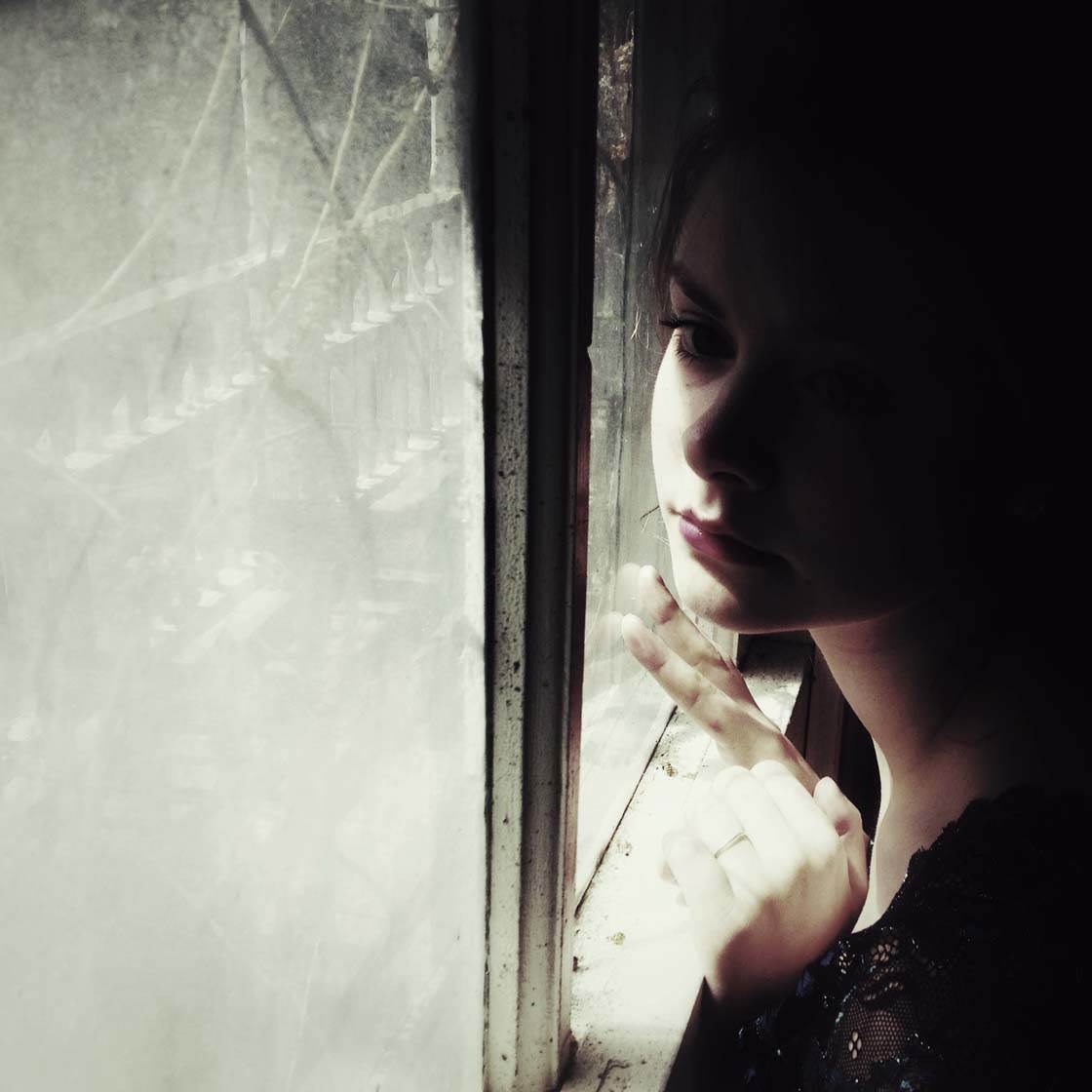
Of course, feelings and emotion are subjective, and each of us may feel differently when we look at a particular image. But in general, there are certain things that help to create certain moods in your photos. Knowing how to use them is always going to help you to create more atmospheric and engaging pictures.
As you’re reading through this article, take some time to really look at each picture and think about how you feel and what kind of emotions they evoke. Your feelings may not match exactly to my descriptions, but I hope that they all make you feel something!
So let’s take a look at nine ways to create more meaningful iPhone photos that connect with the viewer because of the mood that you’ve created.
1. Take Candid Portraits
Photographing people is the obvious choice for creating emotion and feeling in a picture. People naturally convey different moods and emotions by their facial expression, body language, and even their hair style and clothing. All of these things contribute to the story that you’re attempting to tell.
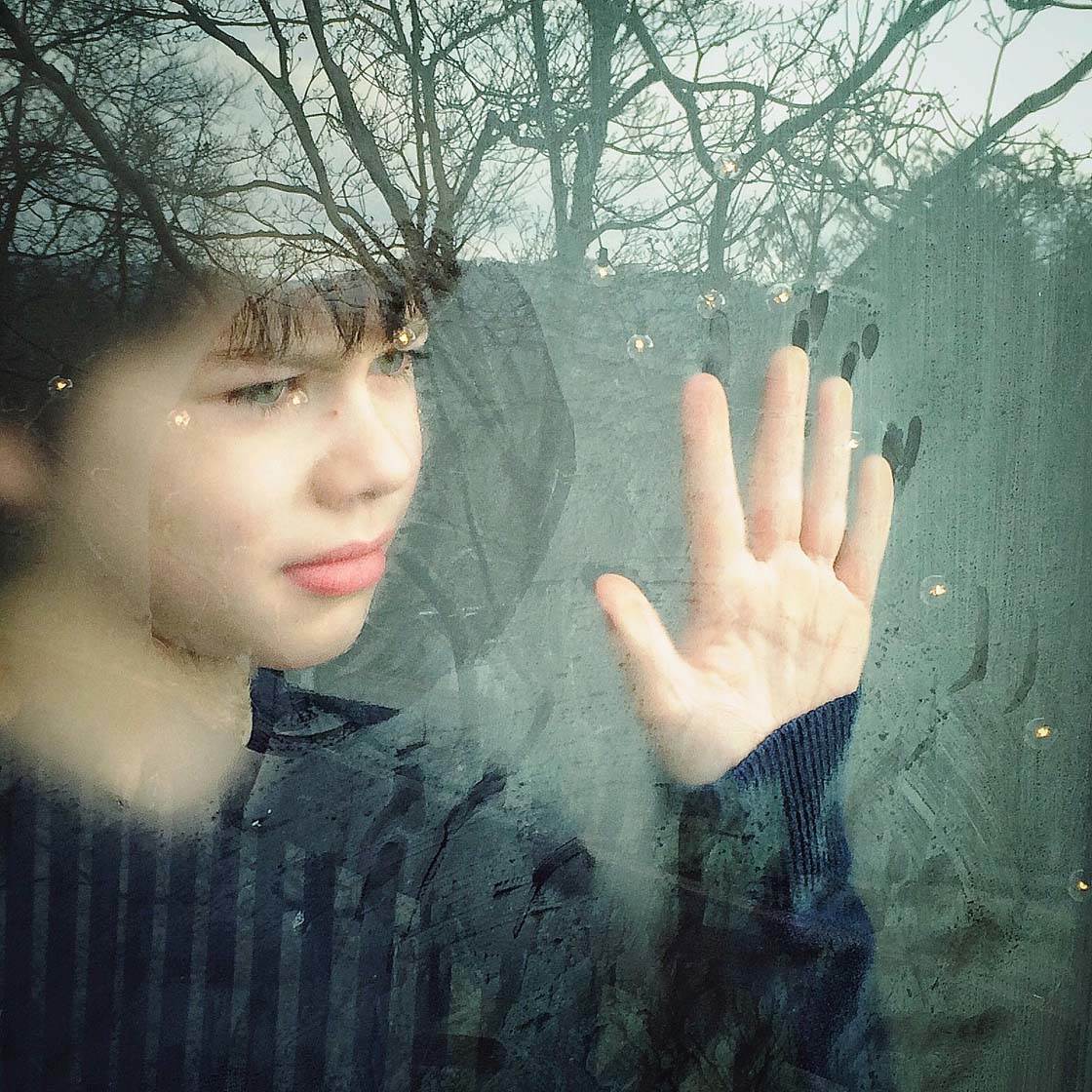
When we take photos of people, we often get them to pose, look into the camera, smile and “say cheese.” But this isn’t usually the best way to capture the true emotion and personality of your subject. It can come across as fake and unnatural, and it’s unlikely to evoke much feeling in the viewer.
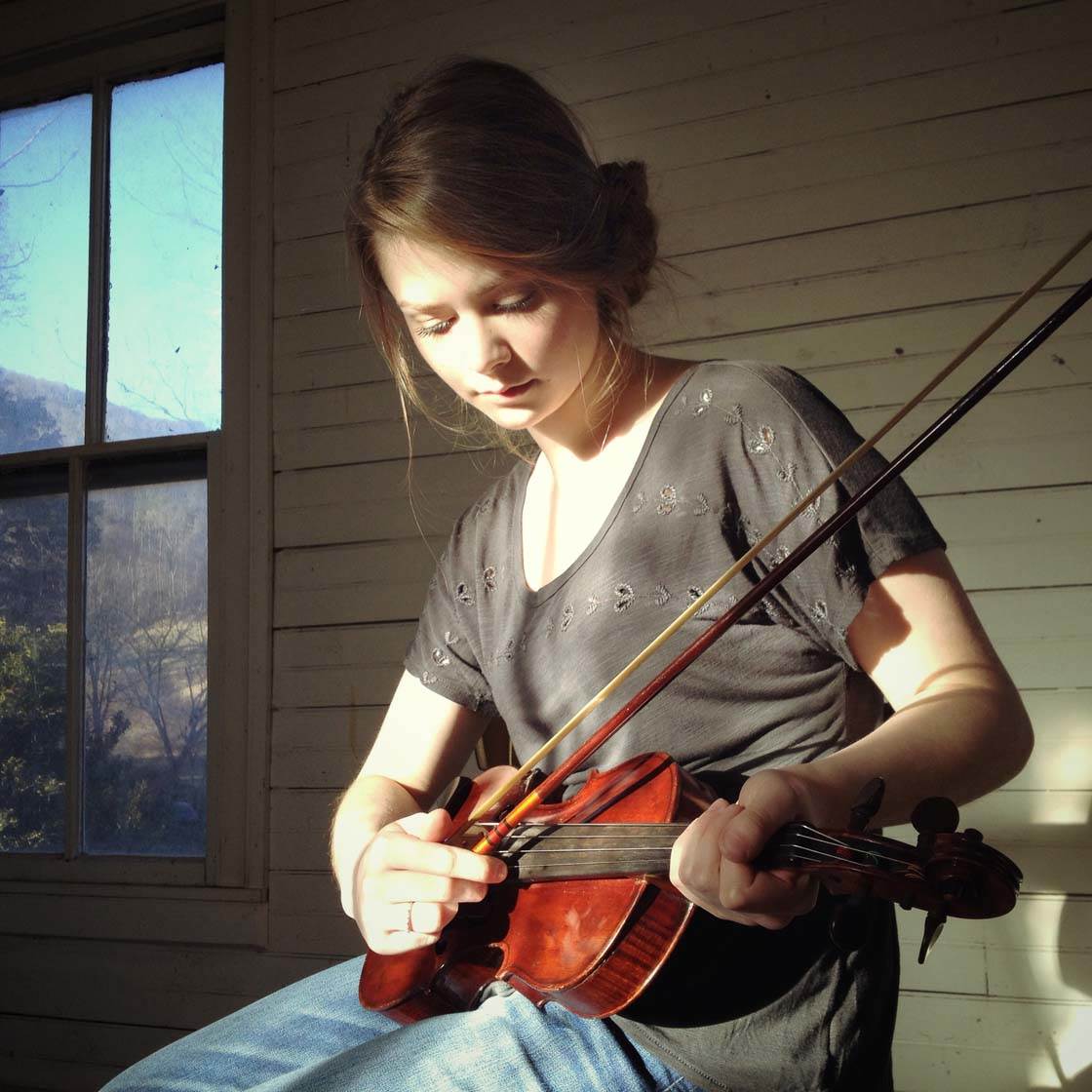
Photographing people doing something they love, or going about their daily lives, is often the best way to convey their personality to the viewer. So try taking candid shots of people, where the person isn’t aware that you’re taking their picture.
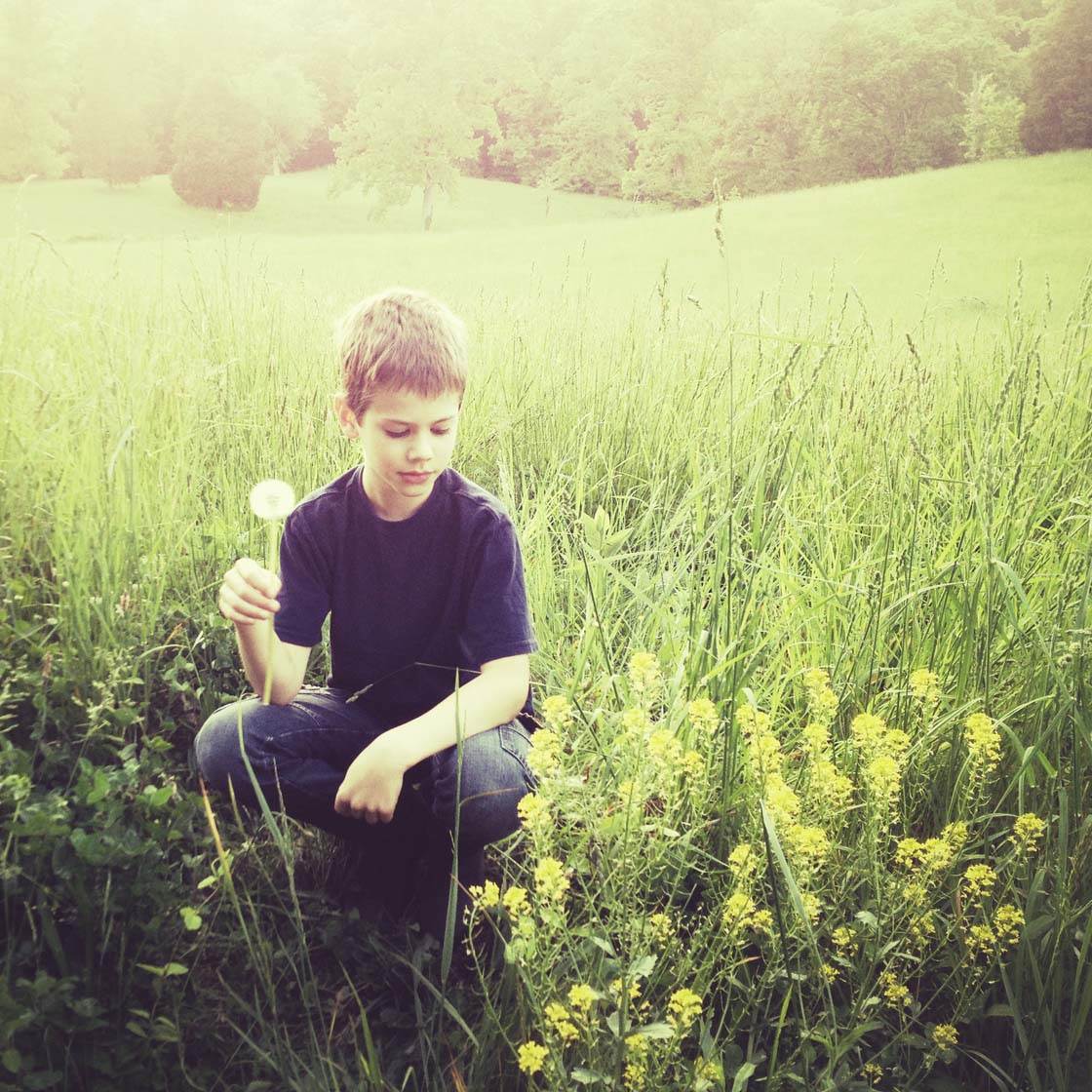
Photograph your family or friends engaged in their own environment without drawing attention to the camera. That way you’ll capture their true emotions in your pictures. They’re more likely to have the most natural smile, show real excitement, or perhaps quiet thoughtfulness in these situations.
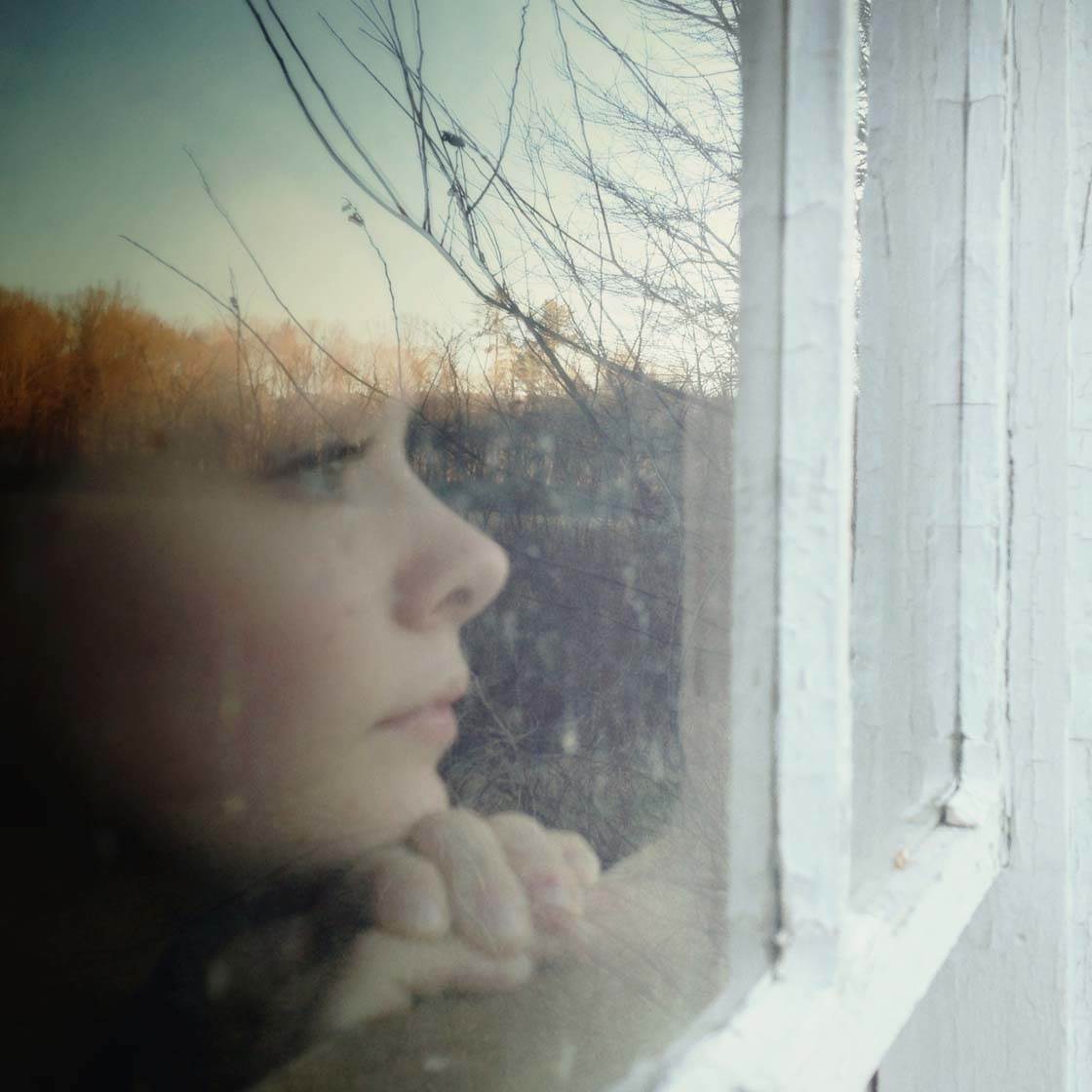
Alternatively, try your hand at candid street photography. Photographing people discretely as they go about their everyday lives can result in the most fantastic images that convey a whole range of different emotions.
2. Capture Emotion In Posed Portraits
Obviously, you’re not always going to be shooting candid portrait photography. Sometimes you’ll be photographing a specific person and you’ll want them to pose for you. But this doesn’t have to mean that you capture them in a standard pose with a fake smile on their face.
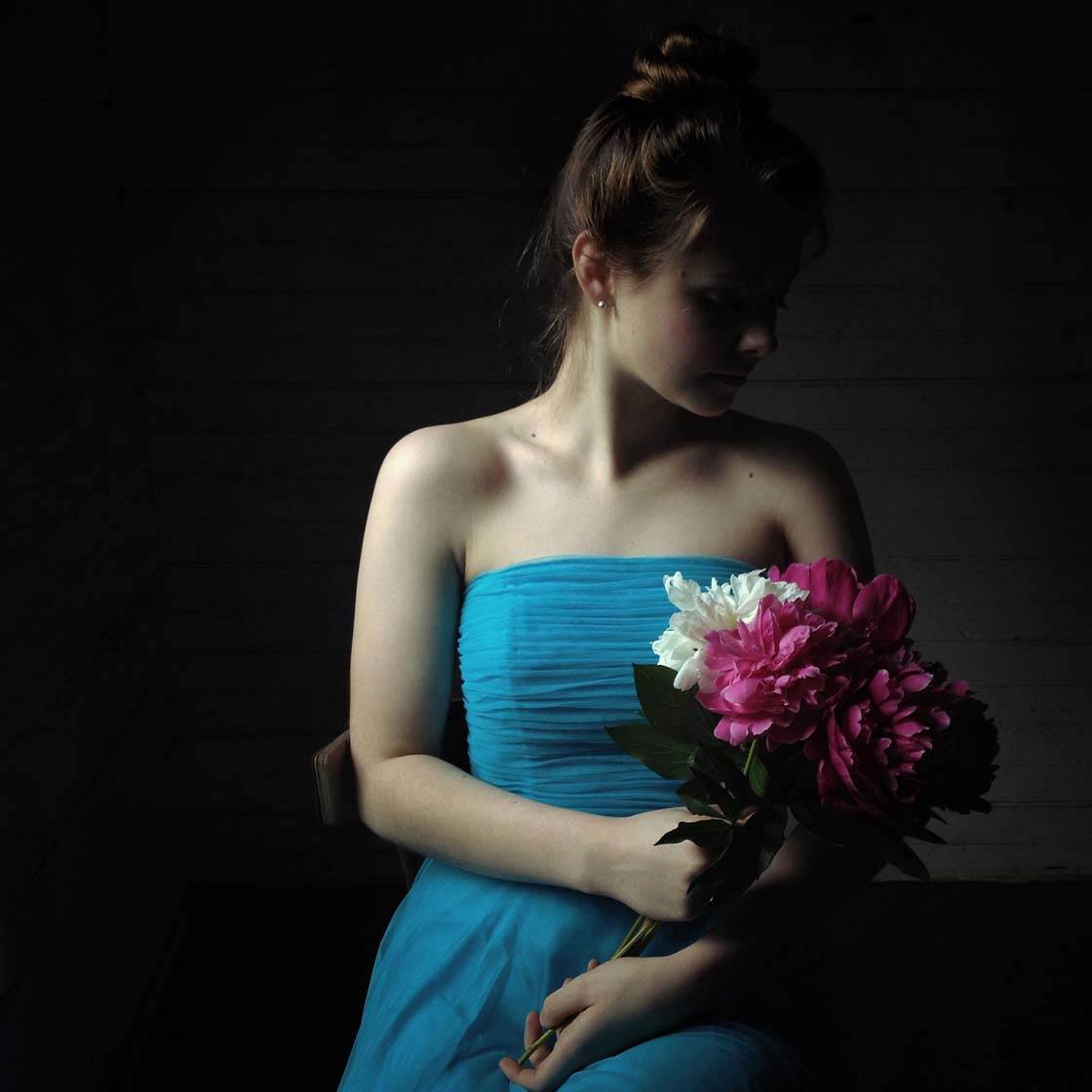
Most people get cheesy or shy when they get in front of the camera, so it’s best to first of all make your subject feel very comfortable. Interact and make conversation with your subject, or make them laugh, in order to help them feel more at ease and draw out their true feelings and emotions.
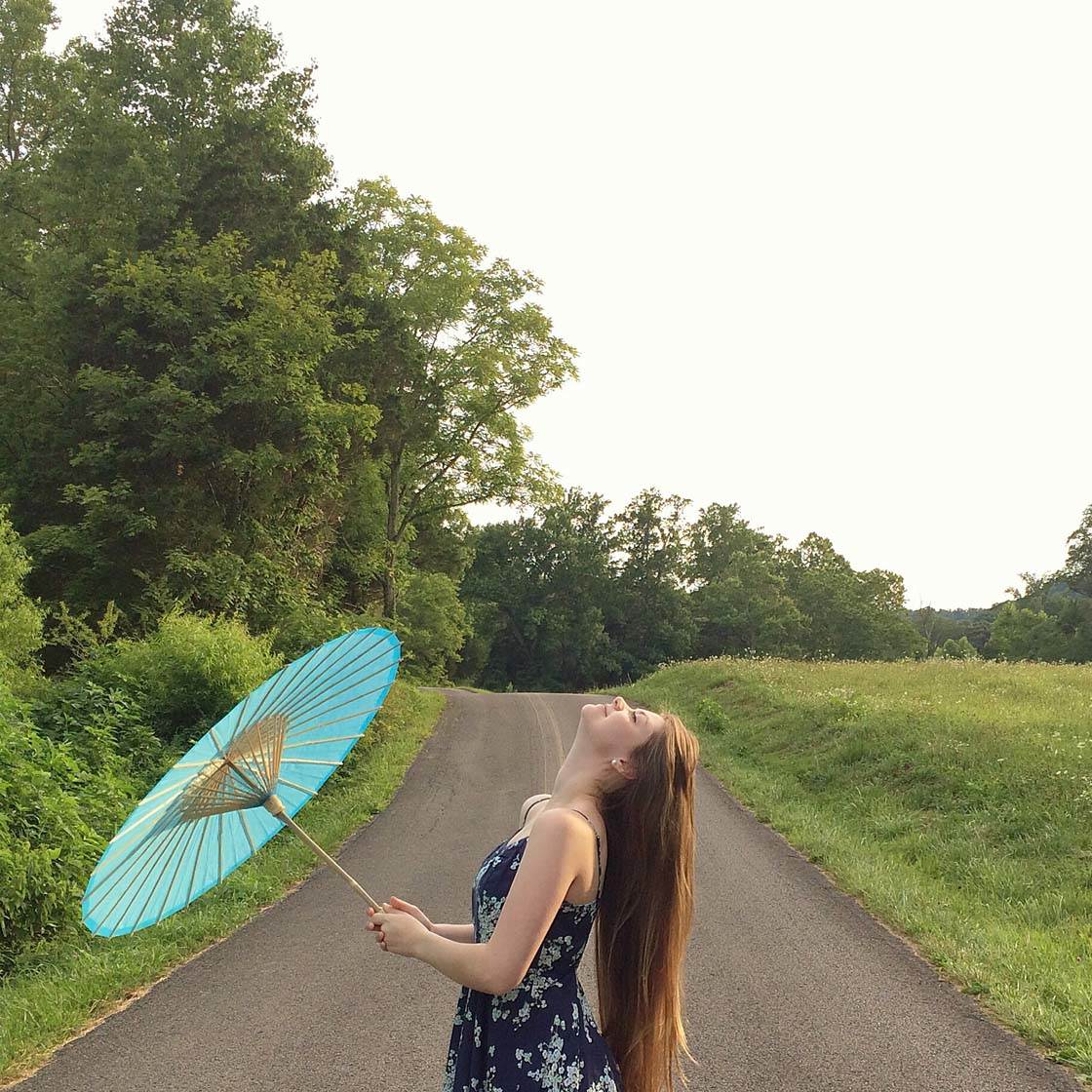
Have them move around and try many different poses and positions. Try to convey your creative vision to them so they can imagine and portray the emotion. Make it fun so they feel at ease. Try using props so they have something to focus on, making them feel less self-conscious.
Always anticipate what may happen next so that you’re ready with your camera to capture a moment that shows the true personality of your subject, or an expression that will evoke a certain emotion in the viewer.

Photographing your subject while they’re looking away from the camera, letting them decide what facial expression to use, often results in a more natural feel to the image.

That said, a close-up shot where the subject is looking directly into the lens can be very powerful and create a strong connection with the viewer. It just needs to look natural.
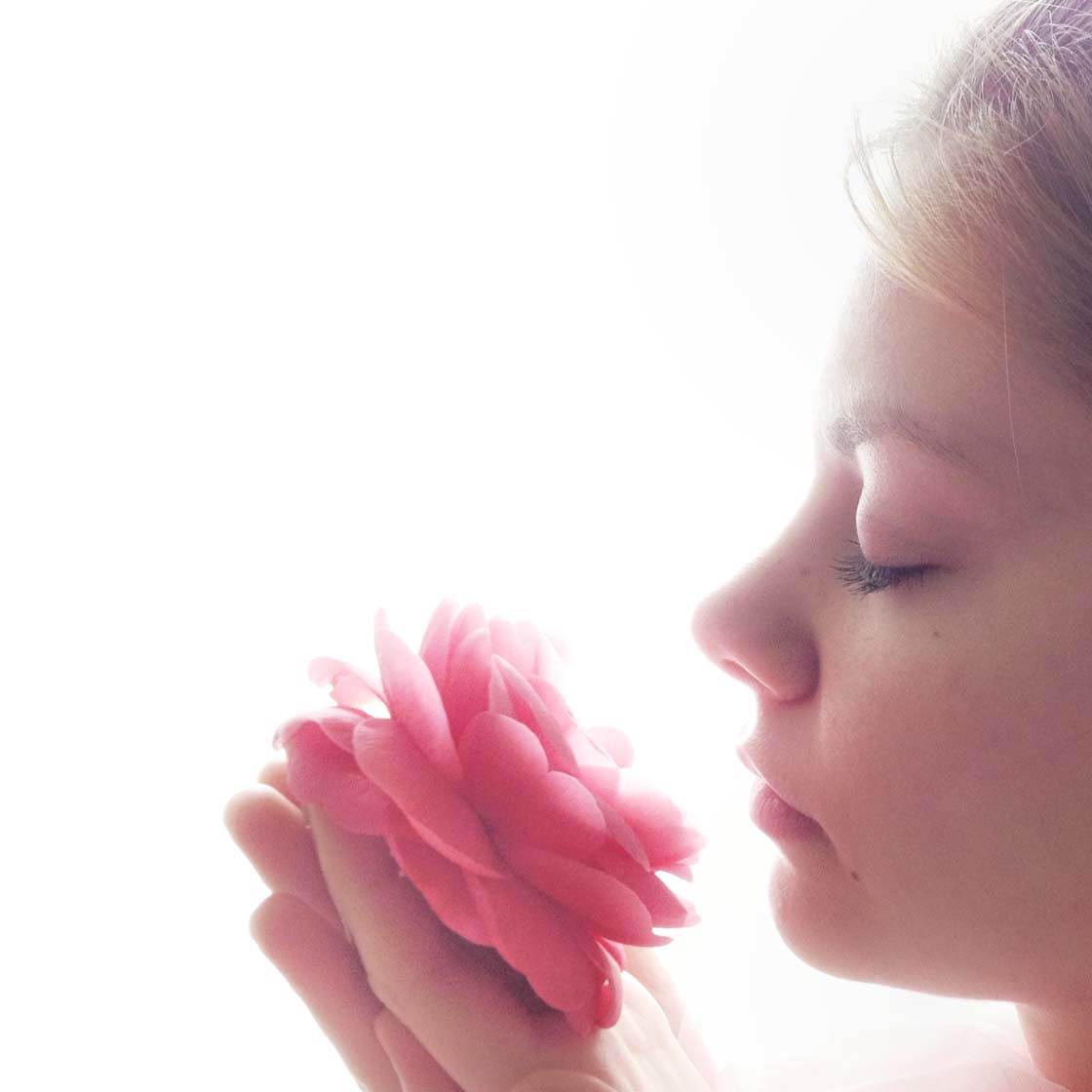
Don’t be afraid to try something different. How about asking your subject to close their eyes? This can create a mood of natural tranquility in your photo and a little sense of mystery.
3. Create Mood With Non-Human Subjects
You may think that you can’t capture emotion with inanimate objects, but you can certainly create mood and atmosphere with any kind of subject. This will evoke particular emotions within the viewer, helping you to tell your visual story.

There are many other things you could use for your subject other than people. Buildings, trees, fog, water, sunsets, landscapes, flowers and animals are all great subjects for moody and atmospheric photos that will create some kind of emotional connection with the viewer.

Find a subject that piques your interest, and think of a way to capture that scene so that it transports the viewer to another time or place, or evokes a certain feeling that makes them engage with the photo.

This might be a feeling of happiness, calmness, sadness, fear, inquisitiveness, or any other other emotion that you want to convey.
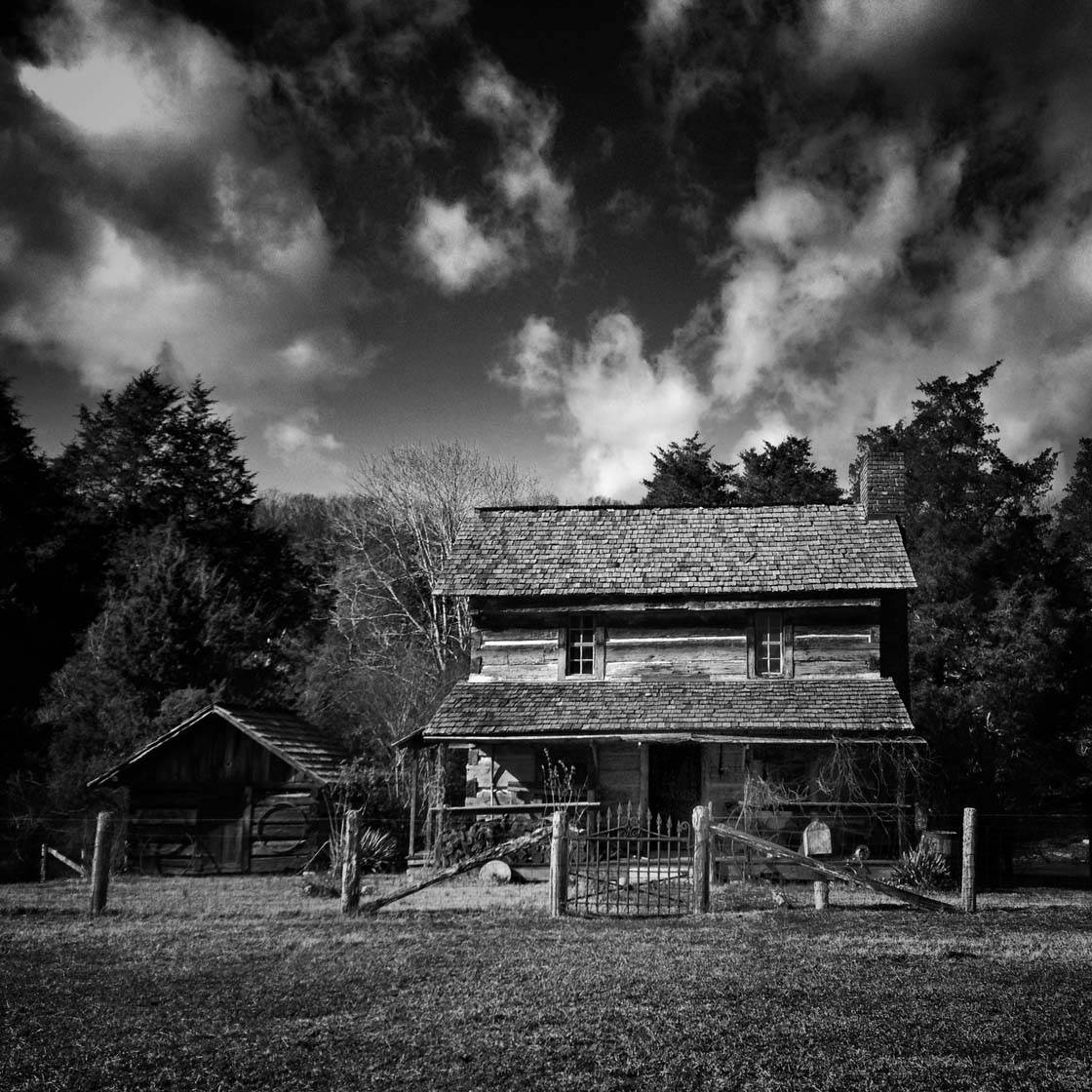
Depending on factors such as light, color and composition, you can create different kinds of mood and atmosphere within your photos. We’re going to take a look at some of the ways to do this in the rest of the article.
4. Let The Weather Create Atmosphere
We can’t control the weather, but we can use it to our advantage to create different moods within our photos.

Sunshine evokes feelings of happiness, excitement and freedom. Try using lens flare to your advantage to create wonderful streaks of light that add a dreamy feel to your photo.
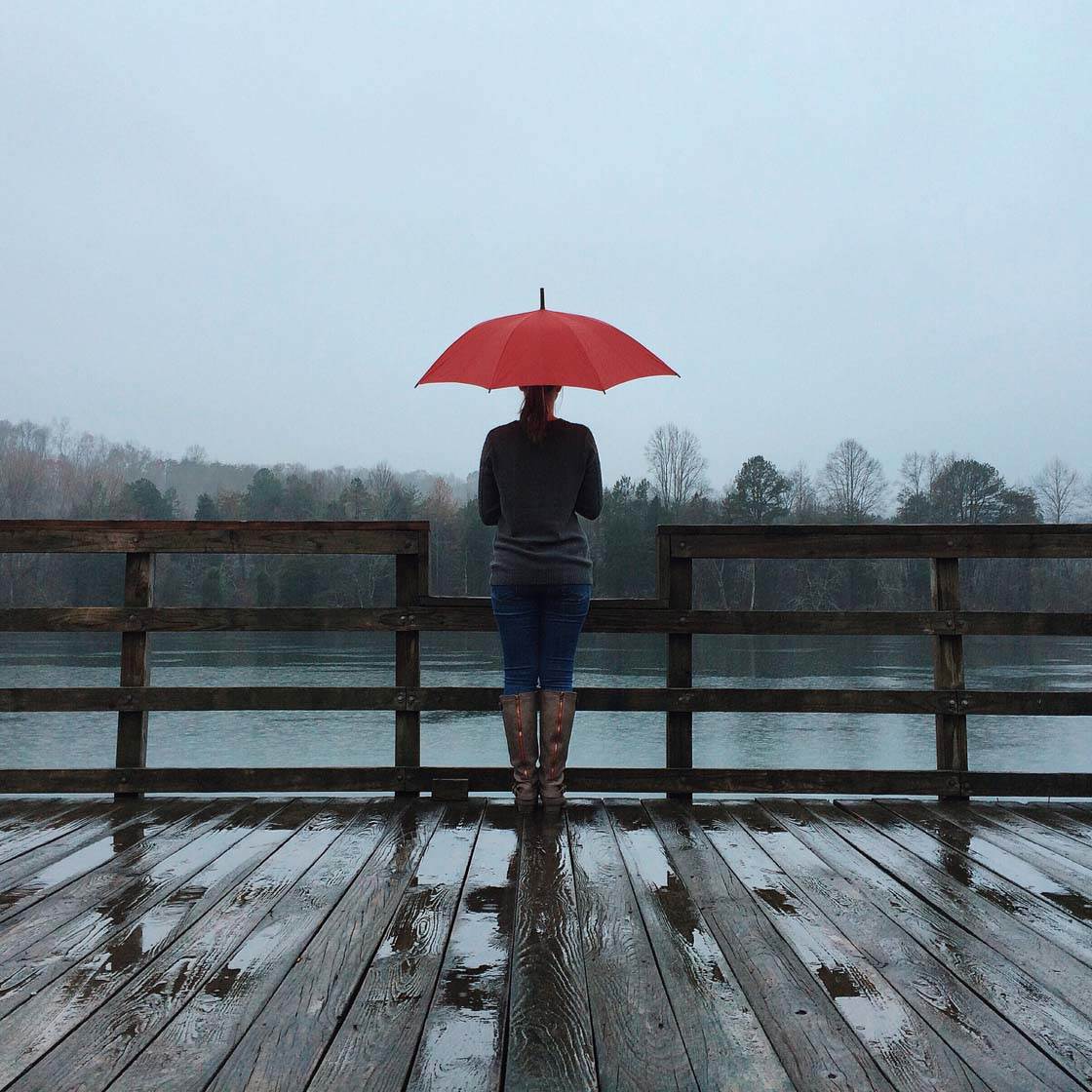
Rainy weather creates a dark and moody atmosphere with its dreary color palette. It can evoke feelings of sadness and lonliness, but you can always add a splash of color with a prop such as an umbrella to lighten the mood.

Think about how different types of cloud affect the mood of your photo. Dark storm clouds will add drama to any image, whereas white fluffy clouds create a care-free, happy feeling. Delicate, wispy clouds tend to create a calmer feel in your image.

Fog and mist are wonderful for creating a mysterious atmosphere in your photos. The viewer will be intrigued as to what lies beyond the mist, and it may even evoke feelings of fear or anxiety.
5. Use Color To Set The Mood
Color can greatly affect the mood of a photo. Certain colors and tones suggest certain moods that will evoke different emotions in the viewer.

Bright, vivid colors usually convey a sense of happiness and cheerfulness. Vivid colors that contrast with each other can create tension and excitement. Colors that are more subdued and muted tend to create a content feeling of calmness and peacefulness.

The type of light you shoot in can have a big effect on the colors in your photos. The cool blue colors that you get during blue hour (just before sunrise and just after sunset) suggest a feeling of coldness and tranquility, and sometimes even sadness.

Warmer colors, such as the orange hues that appear during golden hour (just after sunrise and just before sunset) tend to be more stimulating and evoke feelings of warmth, happiness and excitement.
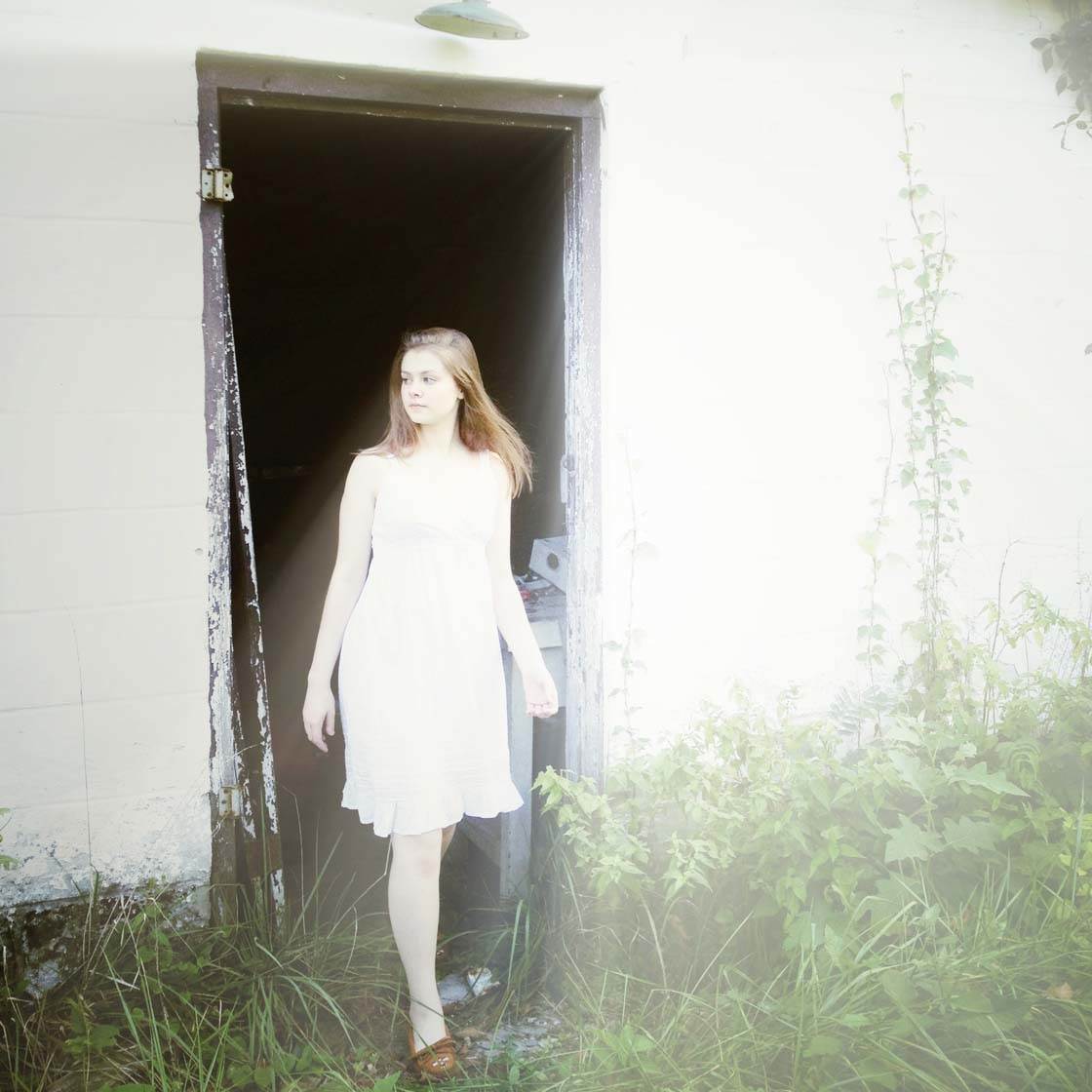
Bright whites suggest purity, innocence, cleanliness and perfection. It offers a sense of peace and calm, comfort and hope.
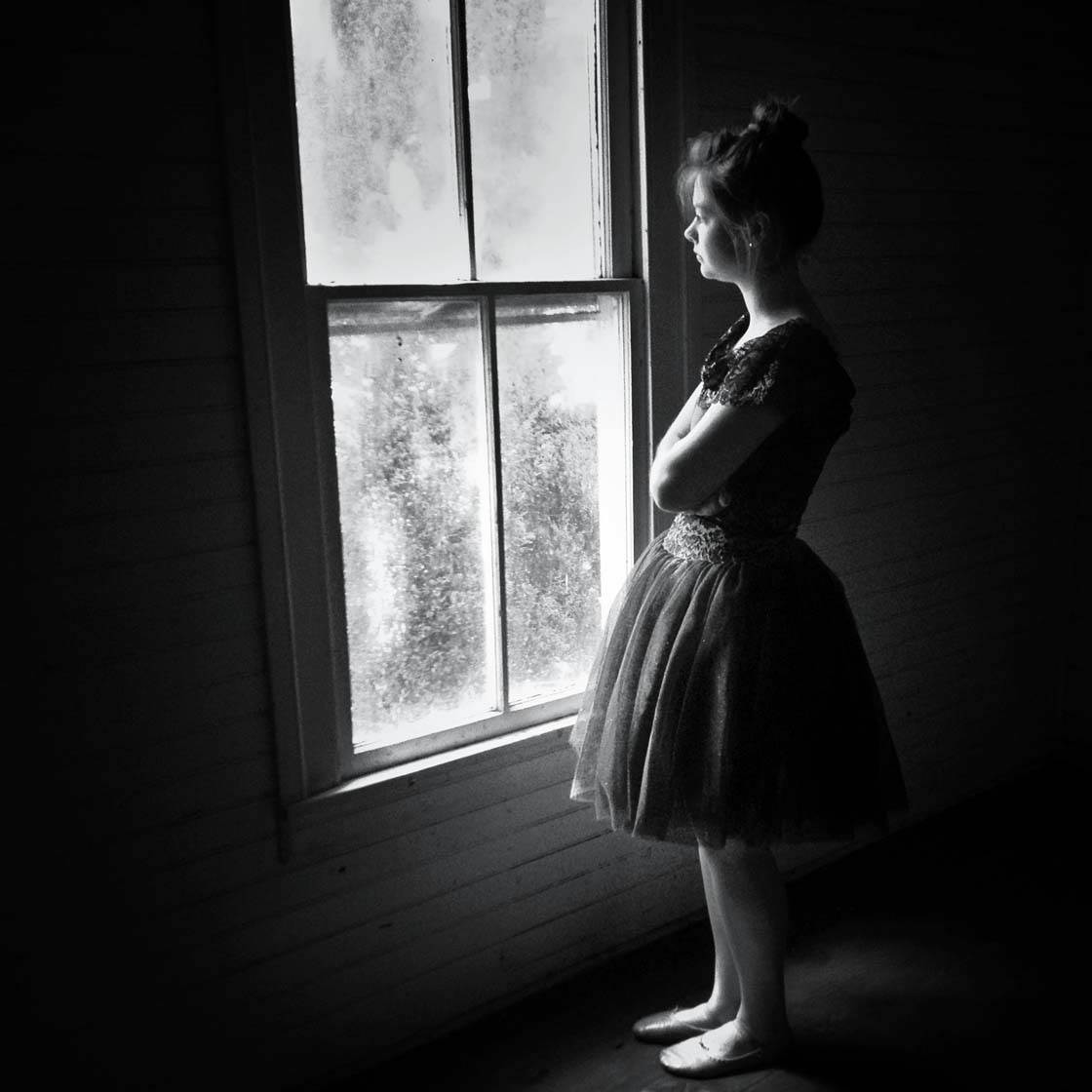
Dark colors and black can be foreboding and intimidating, suggesting apprehension, fear, mystery and sadness.
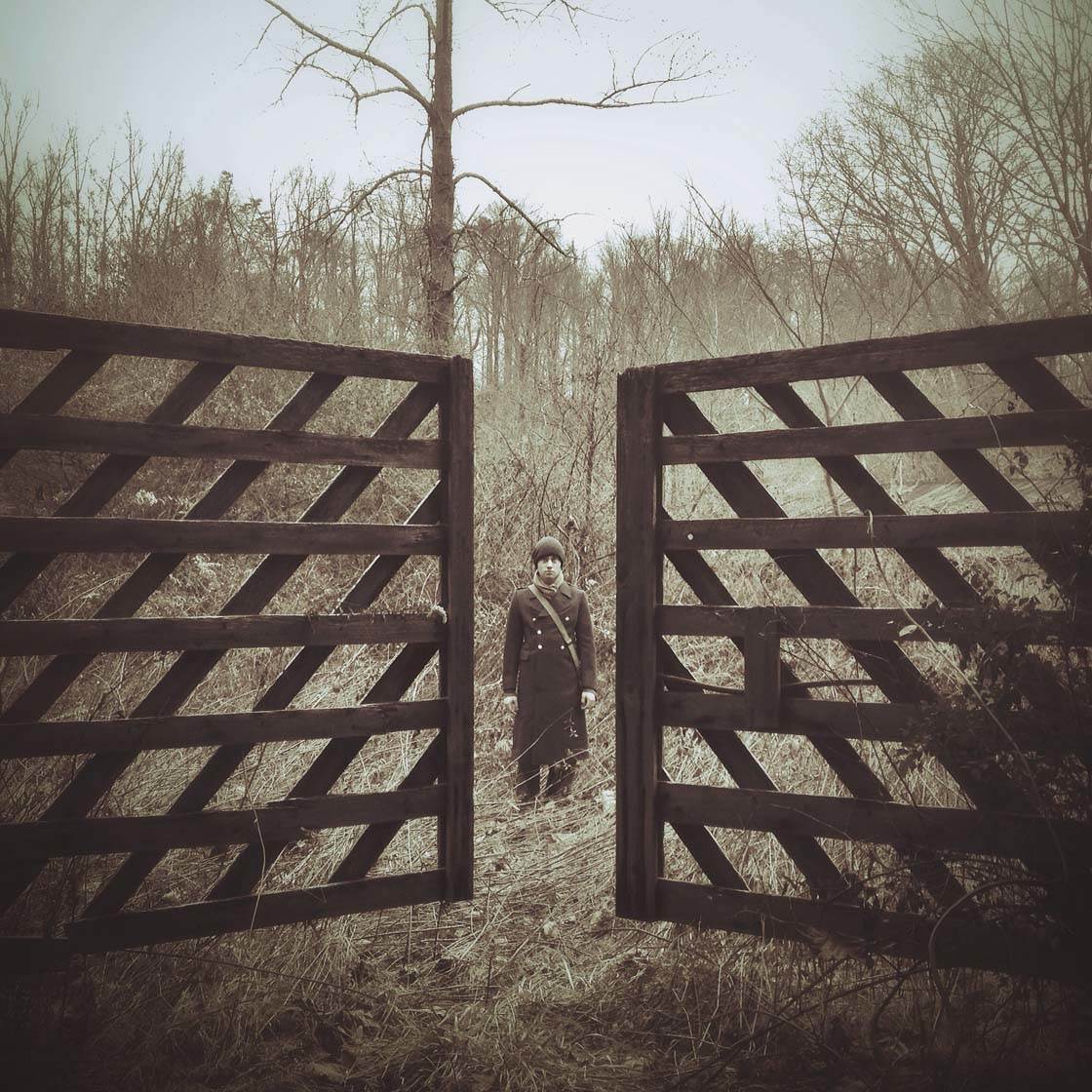
Don’t forget, you can change the color and tone of your images in post-processing if necessary. Converting a photo to a brown sepia tone will give it a timeless, vintage feel.
6. Utilize Light & Shade
How you use light and shade in your photography can have a dramatic effect on the mood of your images. Soft light, harsh shadows, silhouettes, sun flare and contrast are some of the lighting considerations that you should think about when trying to convey a certain mood in your photos.
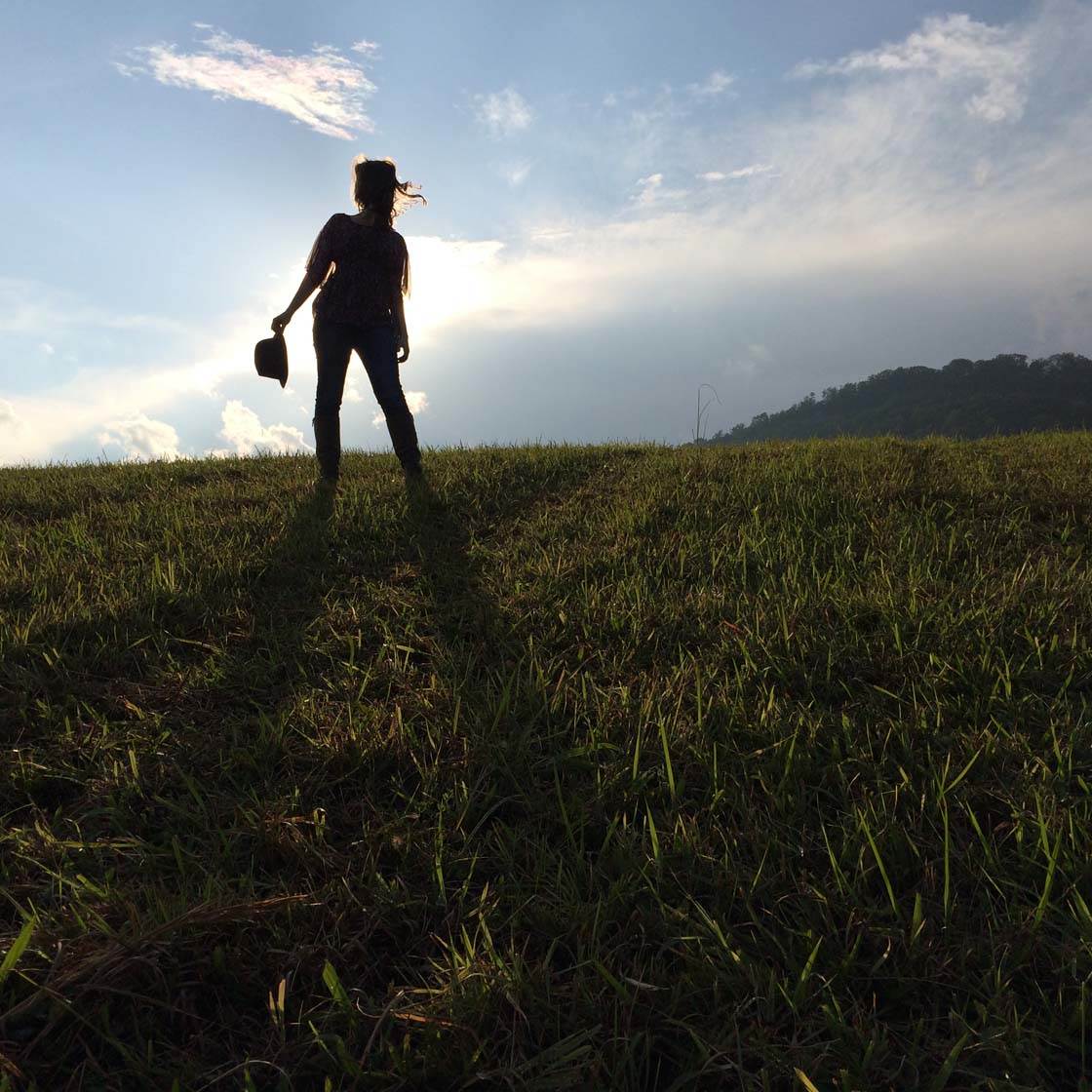
Using the sun to backlight your subject will create a silhouette that makes your subject appear ominous and mysterious, or even strong and powerful. Silhouettes tend to evoke strong emotions in the viewer. They become instantly drawn to the story of this mysterious subject.
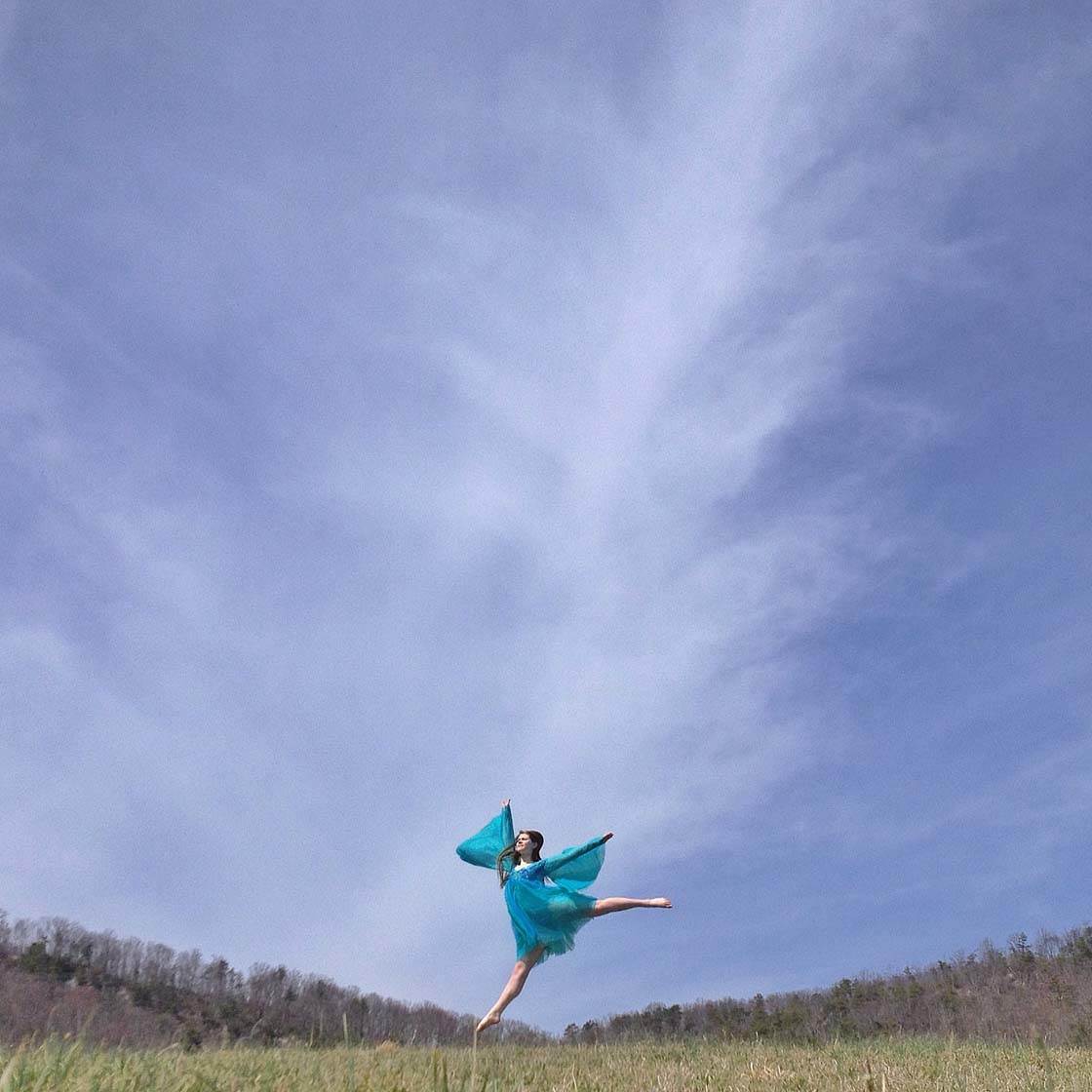
Use can use bright light and a great expansive blue sky to create a happy, joyful mood in your photos. In bright daylight, watch out for the direction of the light which may cause harsh shadows on your subject.
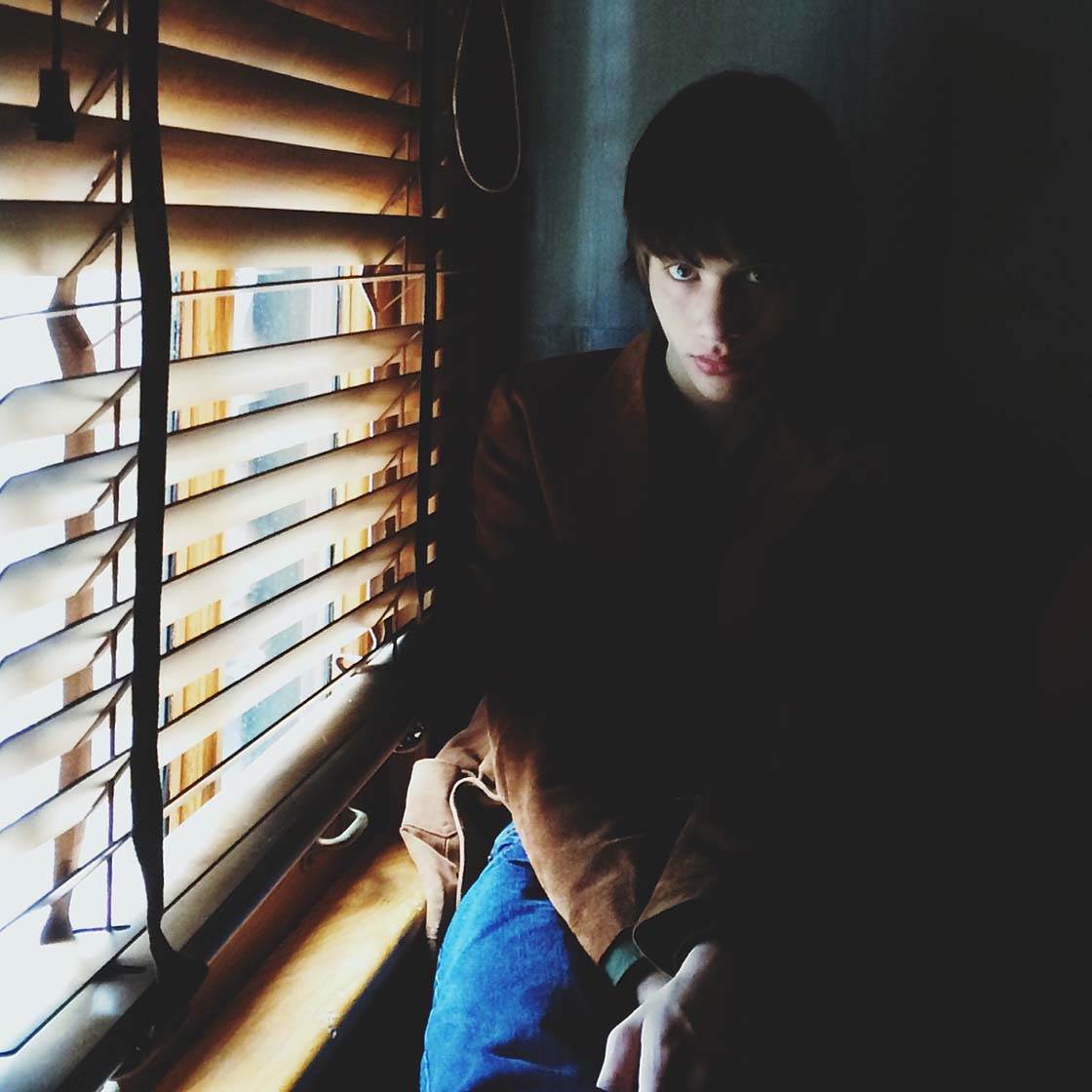
Allowing more shadows and darker areas in your frame helps to convey a sense of mystery, and can evoke feelings of suspense, gloom or fear. Photos with lots of tonal contrast, that include very light areas and very dark areas, help to communicate a more dramatic mood.

Low contrast photos, where the tones are more similar in brightness, have a very different effect. They tend to create a more calm and serene mood.
7. Capture Movement
Capturing movement in a scene can do a lot to help convey a certain mood in an image. Depending on whether the movement is frozen or blurred, the mood in the image will be different.
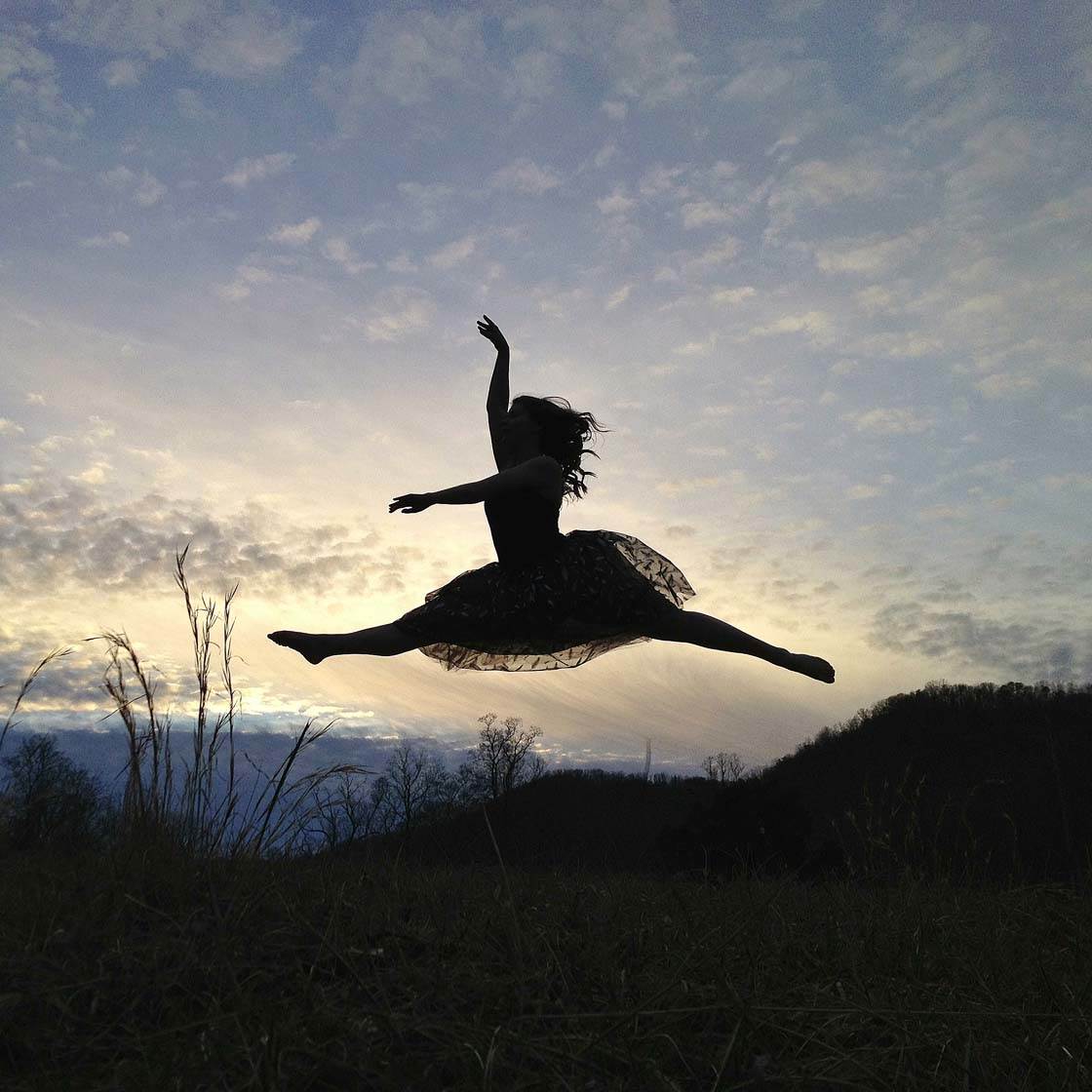
Capturing someone in mid-jump creates a fun, joyful and exciting photo. If you shoot with a bright light source such as the setting sun, you can create stunning silhouettes of jumping or dancing subjects.

You could also have your subject throw leaves or other objects up into the air to create a fun and dynamic image.

If the moving subject is captured as a blur, this conveys a sense of speed and urgency. It makes the viewer wonder how fast the subject is moving, what they’re running from, etc. This can create feelings of tension in the image.
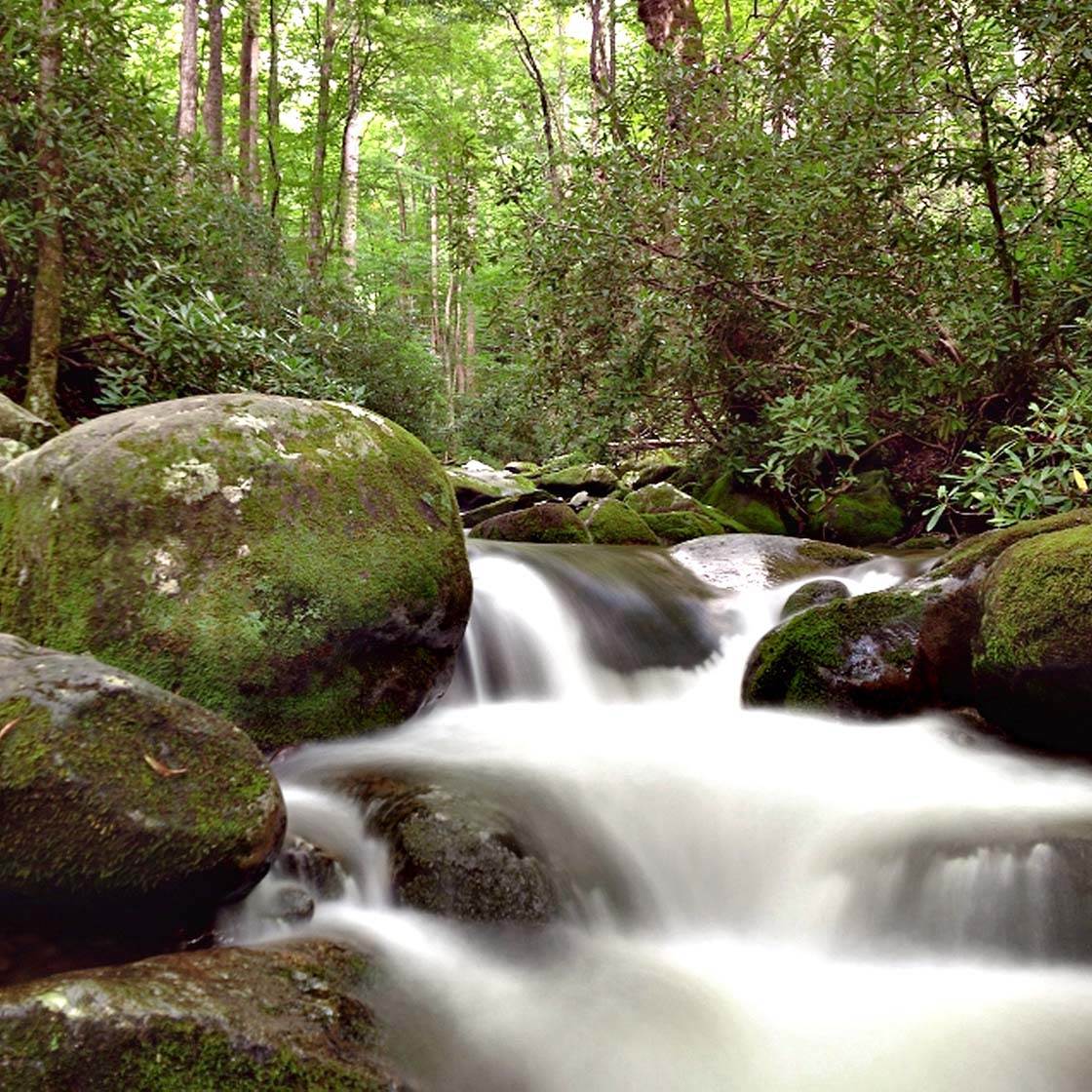
Capturing the motion of running water as a blur tends to create a feeling of calm and peacefulness. This works really well on waterfalls and rivers. You can capture this effect by using a slow shutter app to create a long exposure image,
8. Consider The Surroundings
The location and surroundings in your scene can have a big impact on the mood created in your photos. They’re just as important as the main subject as they help to tell the story.
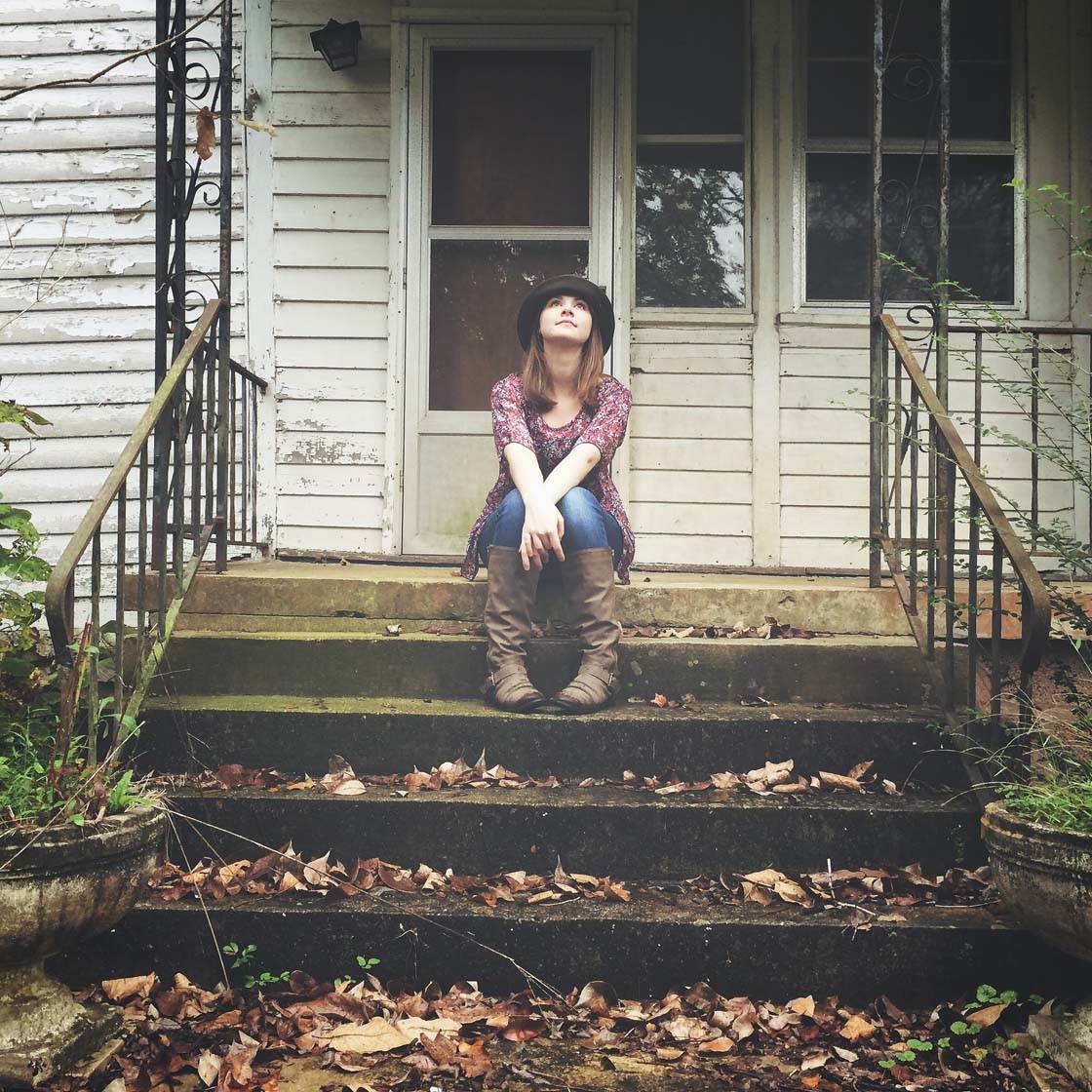
Try finding a location that has lots of character, such as a timeworn building, a decrepit interior, a stark empty room, or anything else that would help convey a story. Imagine what the outcome will be and use what you’ve learnt so far to create the mood you want.
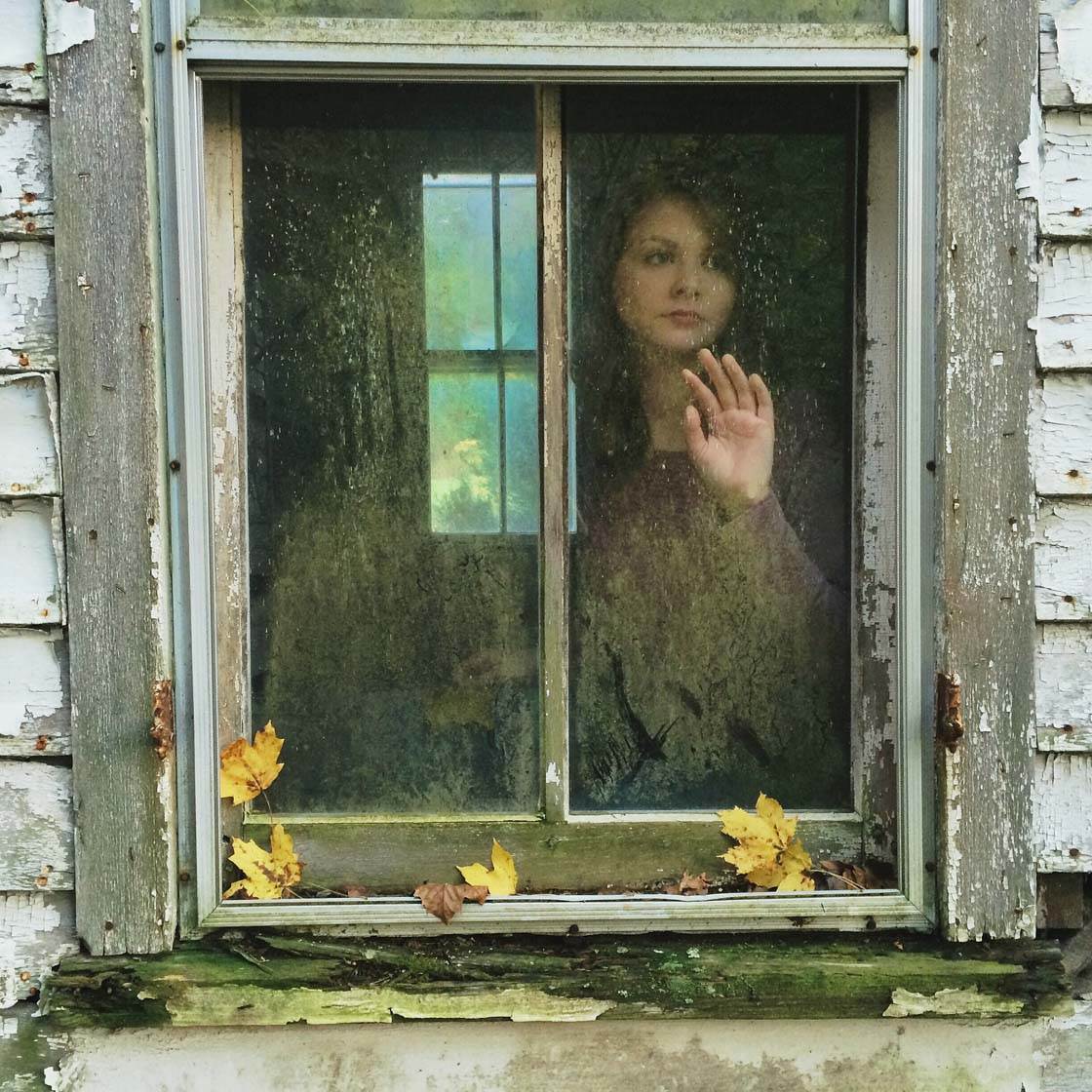
Composition is important. You should only include the key elements that are required to convey the mood or emotion. Framing your subject with a doorway or window is a great way of putting your subject in context with their surroundings.

Including a busy background can work in certain situations, as long as it adds context to your photo and helps to tell a story. Your subject should still be clearly visible against the portrait background. Busy backgrounds tend to convey a sense of urgency, tension or confusion.

A picture that contains a lot of negative space tends to create the opposite feelings to a busy background. The empty space evokes feelings such as loneliness or peacefulness.
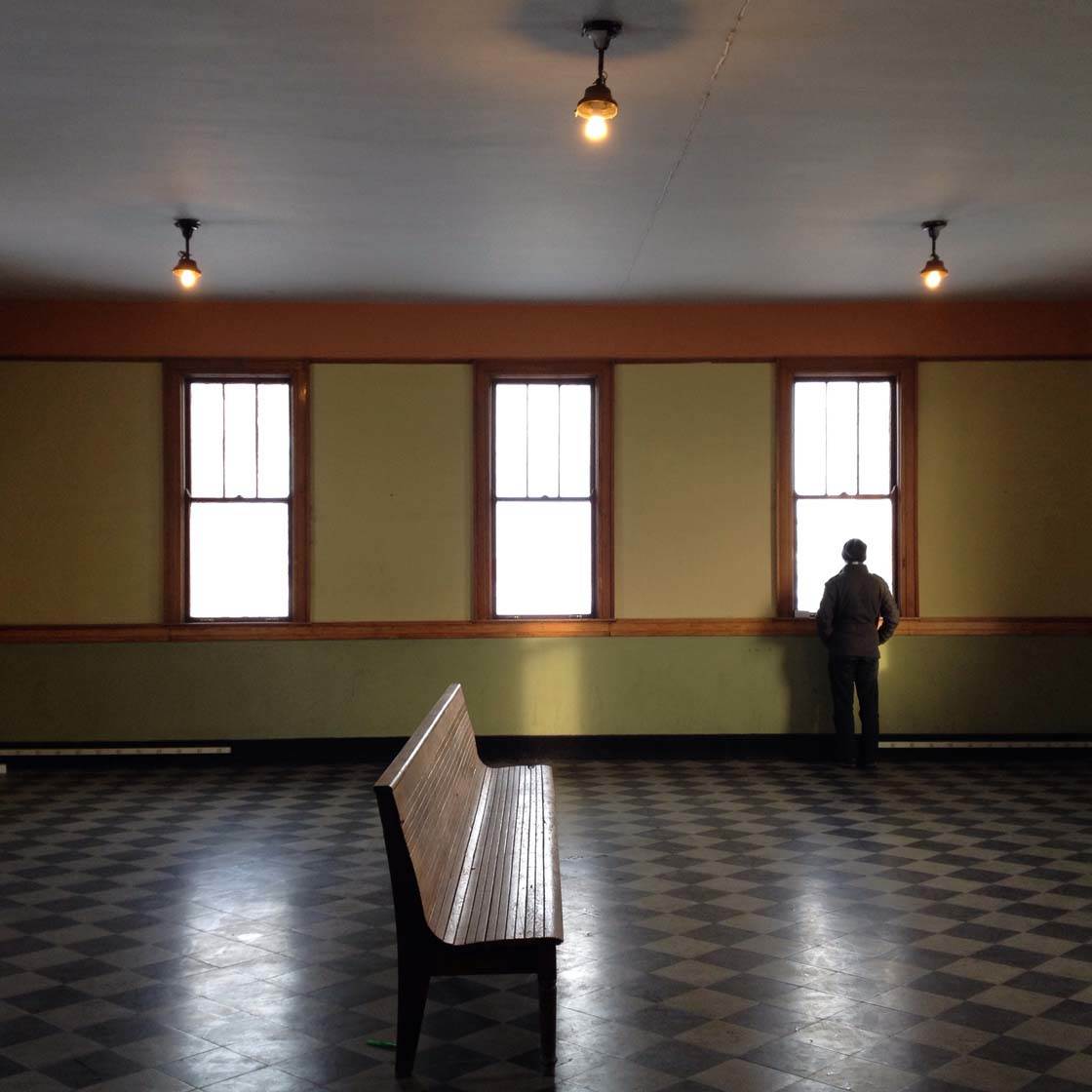
The distance that you place your subject from the camera also has an effect on how the viewer feels when they look at your photo. If the subject is small and far away in the frame, it tends to create a sense of isolation, loneliness and unfamiliarity.

By contrast, moving closer to the subject so that they fill the frame creates feelings of intimacy and familiarity.
9. Shoot From Different Angles
Shooting your subject from different angles is another technique that affects the mood and emotion in your iPhone photos.
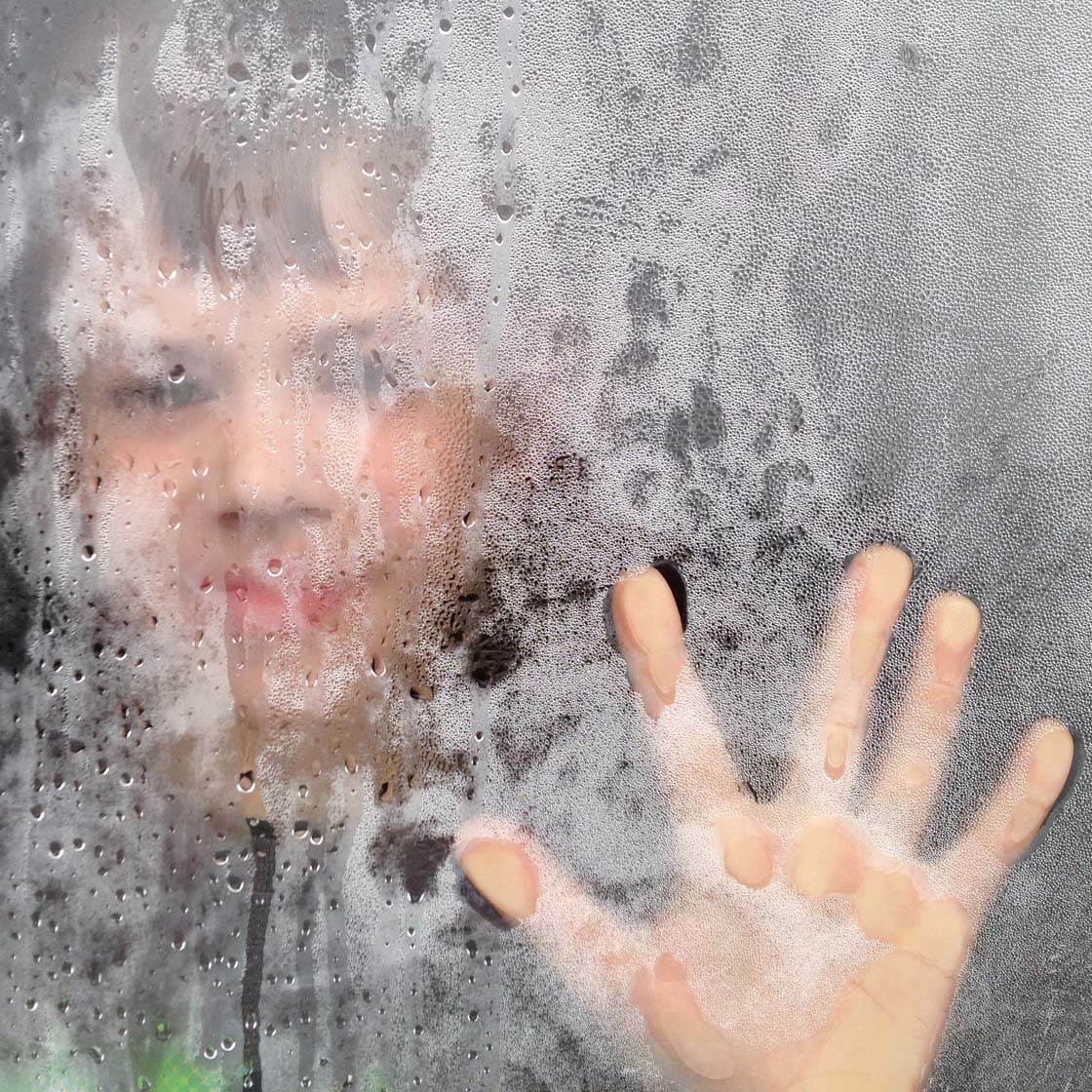
When photographing your subject, think of the many ways that you can stand or kneel to get an interesting angle or perspective. Capturing your subject at eye level creates a more natural and familiar feel, connecting you directly with subject on an equal footing.
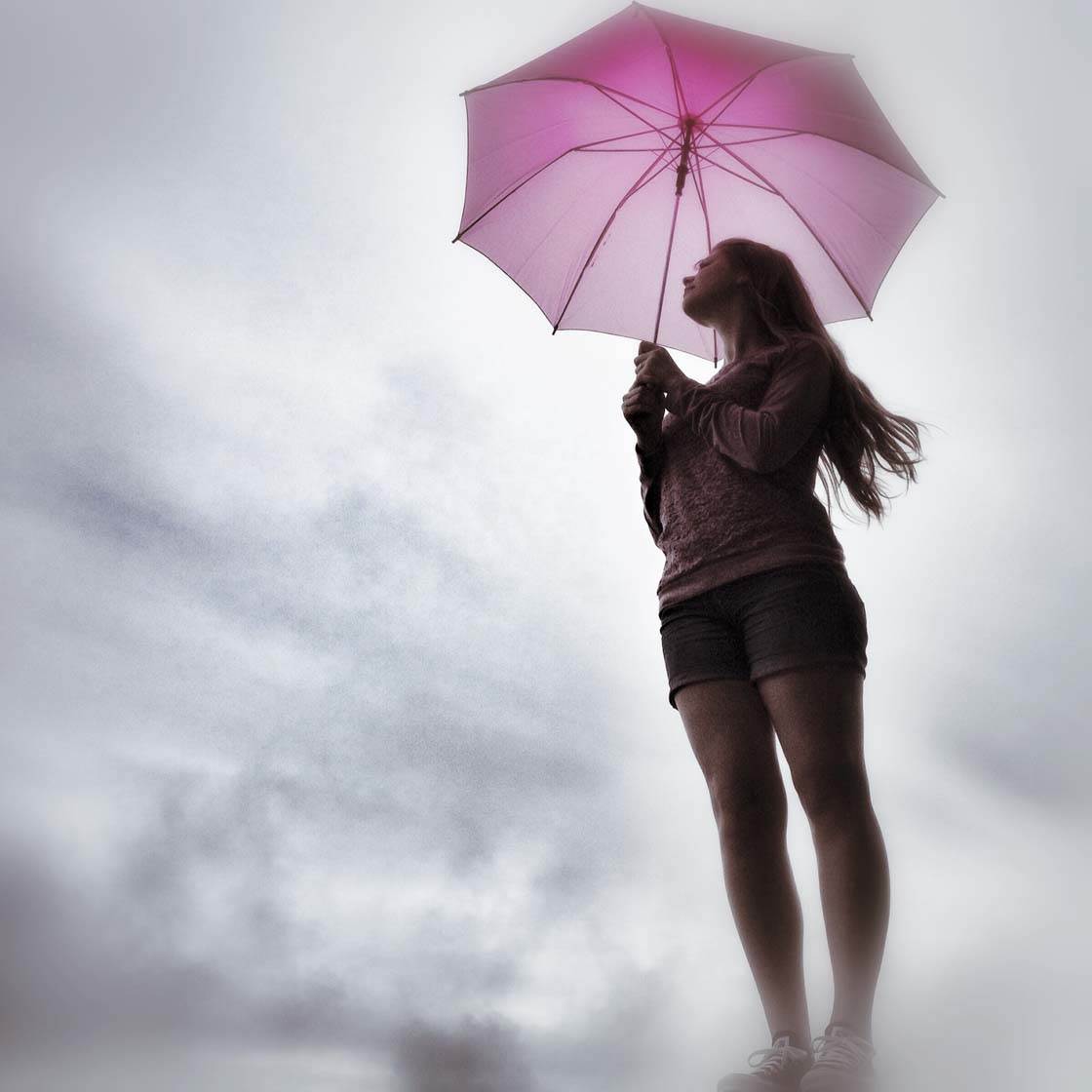
If you shoot from a lower angle, by kneeling or even lying down on the ground, it makes the subject appear larger than life or perhaps a bit ominous. You’re giving the subject more power than if you’d captured them at eye level.
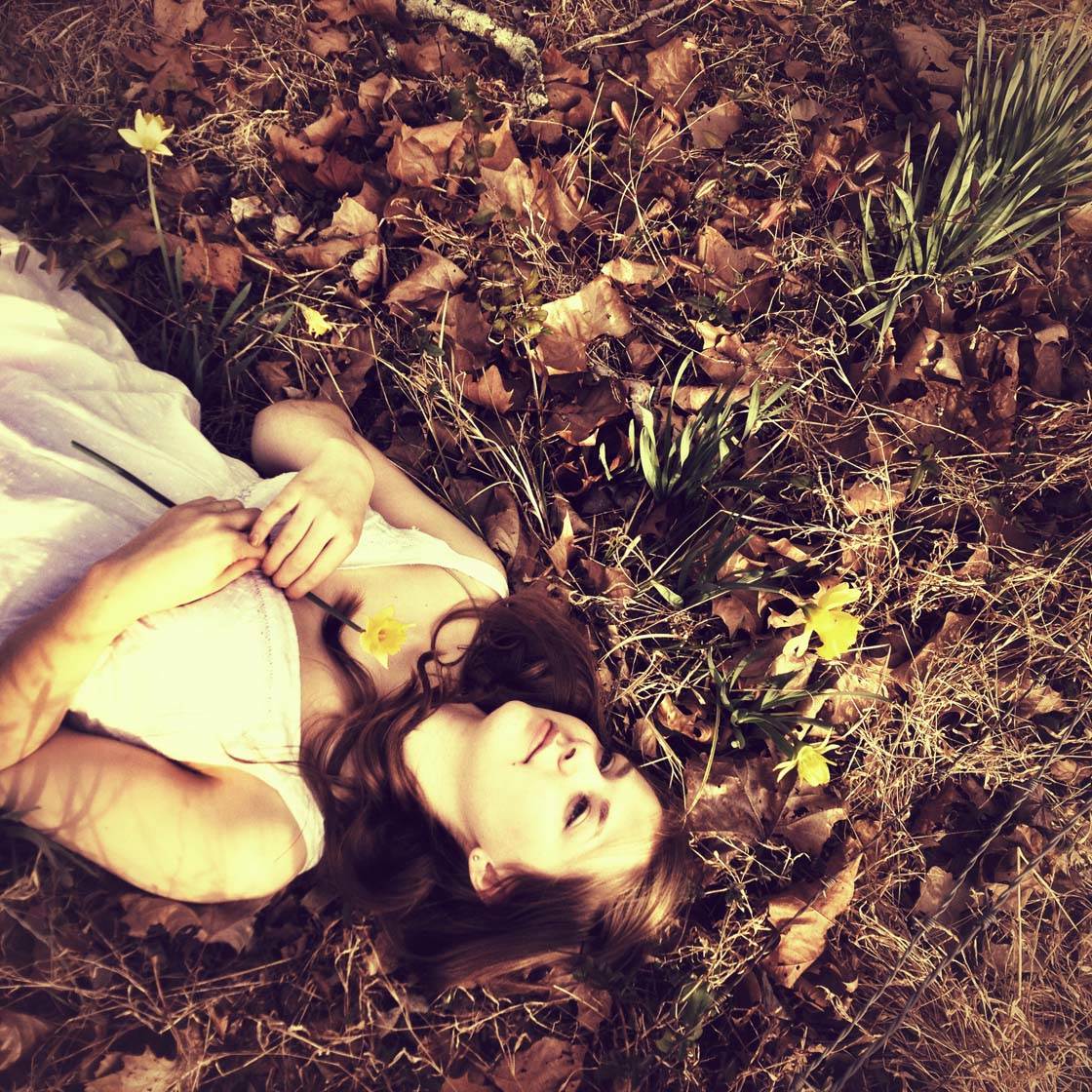
Alternatively, if you shoot from a higher perspective by elevating the camera above your subject, you’ll make them seem smaller and more vulnerable.

Another technique you can use to create drama and excitement is to tilt your camera on an angle when you shoot. Usually we try and aim to get the horizon perfectly level in our photos, but sometimes tilting it can add a fun element to the photo, making the viewer more intrigued.
Conclusion
Conveying mood and emotion in your iPhone photos can take a bit of practice. There’s a lot to consider, but trying out a few of these techniques will help you to broaden and develop your photography skills.
When taking photos, try to be more aware of the elements that will evoke emotions in the viewer and help tell the story you’re trying to convey.

Consider the subject matter, location, weather, light and color in the scene. What can you do to create the mood you want? Maybe it would help to change your composition and shooting angle, or have your subject pose or move in a certain way.

Be creative and imaginative. Take lots of photos and practice changing the mood of your images in post-processing too. Your aim is to create wonderful images filled with emotion. What that emotion is will depend on the story you want to tell!
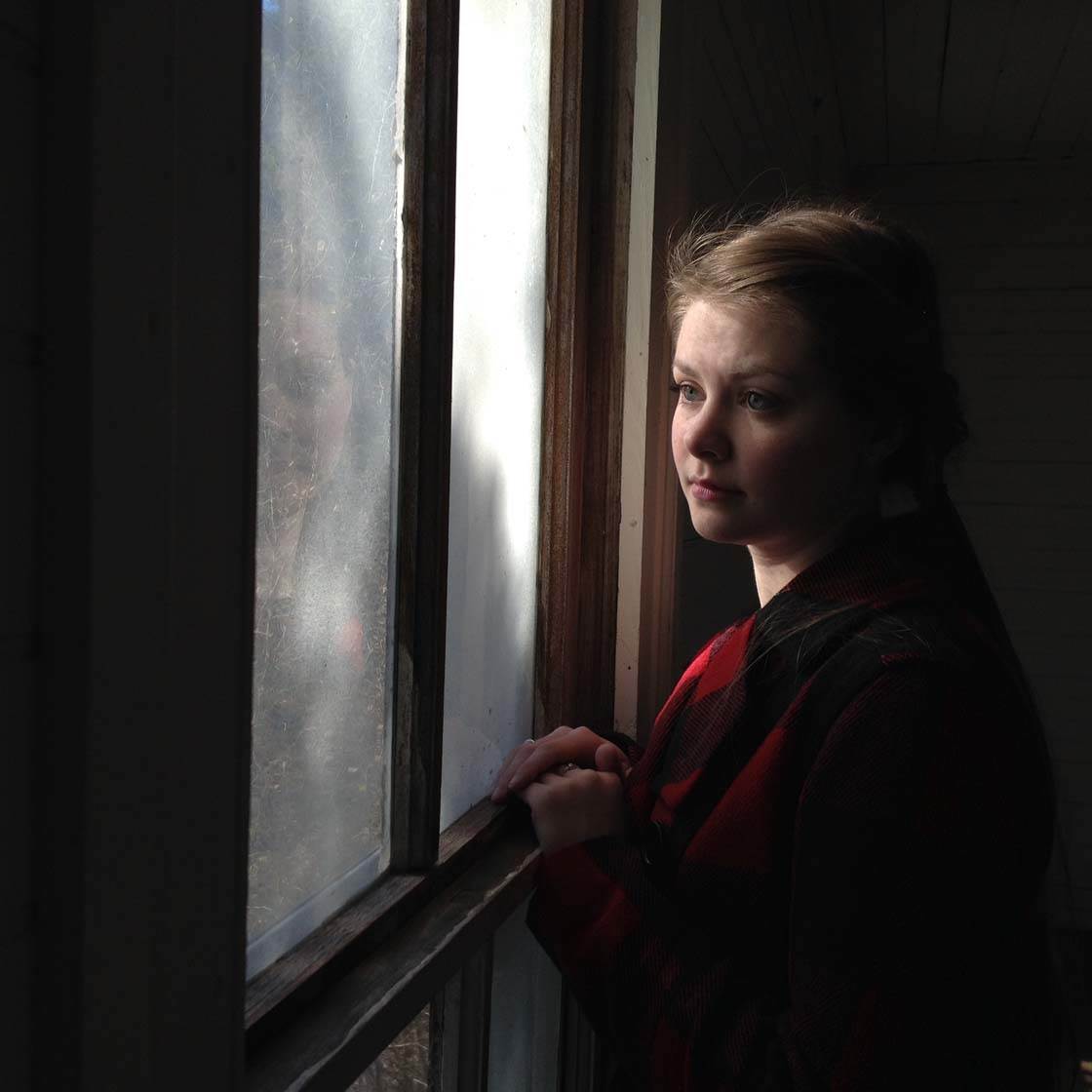


So much great information in this article. Thanks so much for all the tips.
Thank you, Sue! So glad you enjoyed it!
Probably the best article I’ve read on emotion in photos, and lots of great tips! Thanks!
Thanks, Frank! I’m very happy you liked it!
great article..
Glad you enjoyed it. There are so many great tips in here 🙂
Excellent!
Learned a lot from this article. Can’t wait to go out and practice.
Thanks Frank you sexy beast
There are some hot girls in these photos,🍑
Join the discussion folks😘
I love maccalister long
I found this article to not only be helpful with iPhone photography, but with photography in general. I’ll definetly use these techniques in my future photography. Thank you so much